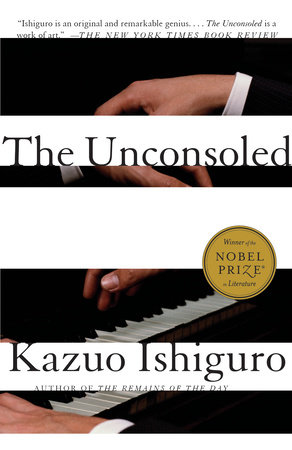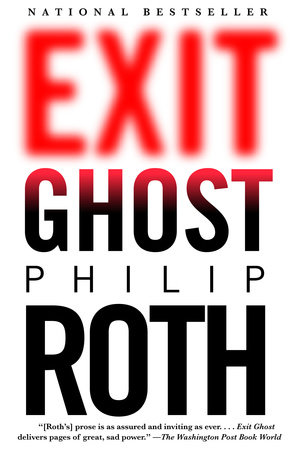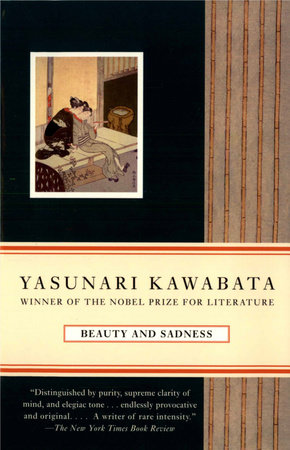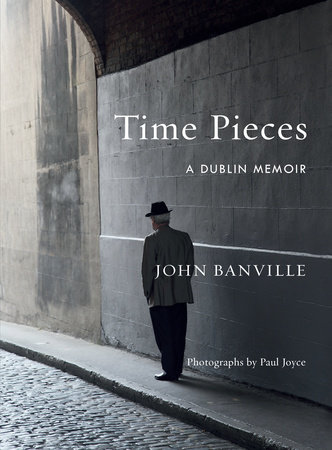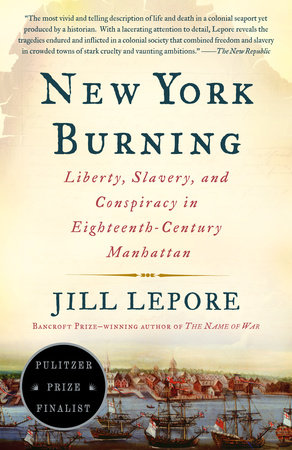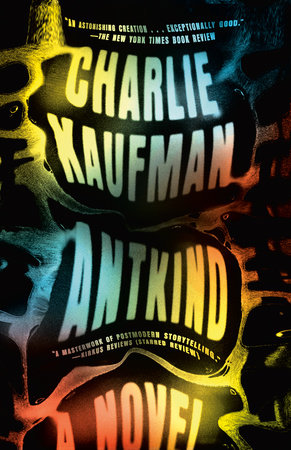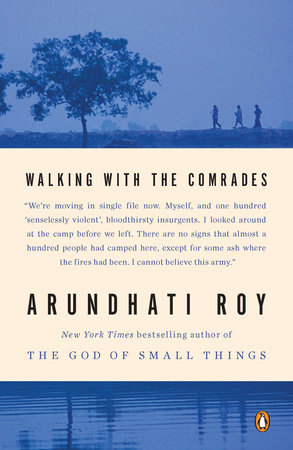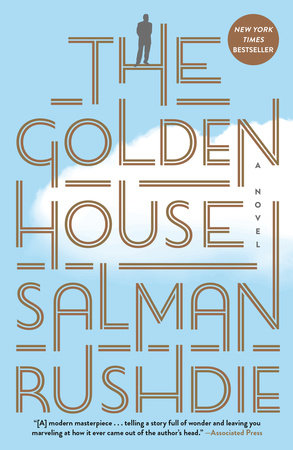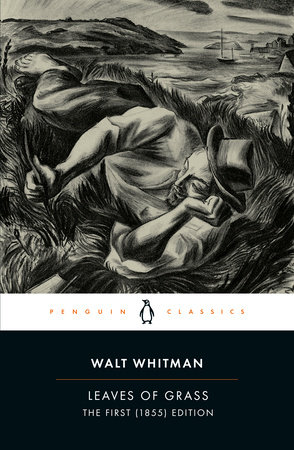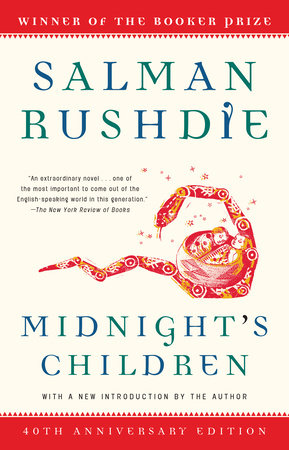Author Q&A
A Conversation with
Orhan Pamuk
author of
My Name Is Red
Q. You have used the rather unusual device of telling this story through many narrators. In fact, no two consecutive chapters are in the same voice. Why did you structure the novel this way? What challenges did this structure present?
A. It was so much fun to impersonate my characters! I enjoyed finding the voice of a sixteenth century ottoman miniaturist, a mother of two children who is looking for a husband, the voice of her kids, the demonic voice of a murderer, and the narrative of a dead man on his way to heaven. Not only my characters speak in my story but objects and colors as well. I thought all these distinctive voices would produce a rich music—the texture of daily life in Istanbul four hundred years ago. These shifts in viewpoint also reflect the novel’s main concern about looking at the world from our point of view versus the point of view of a supreme being. All of this is related to the use of perspective in painting; my characters line in a world where the restrictions of perspective do not exist so they speak in their own voice with their own humor.
Q. One of the characters—the younger son of your heroine Shekure—is called Orhan. Is he your alter ego?
A. Orhan is not my alter ego; he is me. Most of the details and some of the anecdotes of the lonely mother and her son’s relationship are derived from my own experience. I also kept my mother’s and brother’s names in the story. The rivalry between the brothers, their constant quarrels, fights, and their negotiations about peace and jealousy of their mother are autobiographical. By carrying the details of my childhood into my historical novel, I hoped to give it a personal dimension.
The challenge of a historical novel is not to render a perfect imitation of the past, but to relate history with something new, enrich and change it with imagination and sensuousness of personal experience.
Q. What kind of research did you have to do to write a novel of such rich historical detail?
A. It took me six years to write this book. Of course, I spent a lot of time reading books and looking at picture, but I rarely thought that of it as "research." I’ve always enjoyed what I was reading and I read what I enjoyed. Ottomans were great record keepers and the records of the governor of Istanbul were well kept and published. So, for hours I used to read the prices of various clothes, carpers, fish or vegetables in Istanbul markets in a given year. This led to interesting discoveries; for example, I learned that barbers also performed circumcisions or pulled teeth for the right prices.
As for researching the paintings, that was more personal because beginning at the age of six, I’ve always thought that I would be a painter. When I was a kid I used to copy the Ottoman miniature that I came across in books. Later, I was influenced by Western painting and stopped painting when I was twenty when I began writing fiction.
Q. Could you explain the paradox of the miniaturist who achieves the heights of greatness only by going blind.
A. The paradox here is based on a very reasonable train of thought: If you were a medieval painter, your craft would be based on imitation and repetition (not on originality as is so often now claimed). The more you imitate and repeat, the more perfect you are. After years of painting and re-painting the same scenes and subjects, my painters’ begin to memorize. These are the beginning of the idea that a master painter does not need to see what he creates.
Q. Does the conflict between the Islamic painting aesthetic and the Western one have significance for you beyond the historical one? Are you trying to suggest something about two very distinct ways of viewing the world?
A. To be influenced by the western ways of portraiture is a dilemma for the traditional Islamic painter who is devoted to repetition and purification of traditional forms. Beyond this lie two different ways of seeing, painting, and even representing the world. One is that of seeing the world through the eyes of any individual person—looking at things from our humble point of view. The other is seeing the world through God’s eyes, from high above as the Islamic painters did, and perceiving the totality of, say a battle from above. The latter is more like seeing with the mind’s eye, rather than the eye itself.
I tried to tell my story in the manner of these Persian masters. These two distinctive ways of seeing the world and narrating stories are of course related to our cultures, histories, and what is now popularly called identities. How much are they in conflict? In my novel they even kill each other because of this conflict between east and west. But, of course, the reader, I hope, realizes that I do not believe in this conflict. All good art comes from mixing things from different roots and cultures, and I hope My Name is Red illustrates just that.
Q. Who are some of the writers and artists who have influenced you?
A. I am forty-eight, and at this age the idea of influence makes me nervous. I’d rather say that I learn and pick-up things from other authors. I’ve learned from Thomas Mann that the key to pleasures of historical fiction is the secret are of combining details. Italo Calvino taught me that inventiveness is as important as history itself. From Eco, I’ve learned that the form of the murder mystery can be gracefully used. But I have learned most from Marguerite Yoursenar; she wrote a brilliant essay about the tone and language in historical fiction.
What inspired me most for My Name is Red were the Islamic miniatures. Thousands of little details from countless miniatures that I’ve looked at took their place in the novel. Behind these scenes of love and war lie the classical Islamic texts because the miniatures were always drawn to illustrate the best scenes of stories that once upon a time everyone knew by heart and today, because of westernization, very few remember. My Name is Red is a homage to these forgotten stories and the wonderful pictures drawn for book lovers of the time.
Q. Your book had the largest first print run of any novel ever published in Turkey. How does that make you feel, and why do you think this novel had such broad appeal? How do you think the American audience will respond to this novel?
A. When a book sells that much in my part of the world the journalists always ask questions about the mysteries of the sales rather than the mysteries of the text. I always say that I do not know why the book sells that much. I cannot predict the response of the American reader either. But I always worry about such matters…Then, of course, I feel guilty about my worldly worries.



